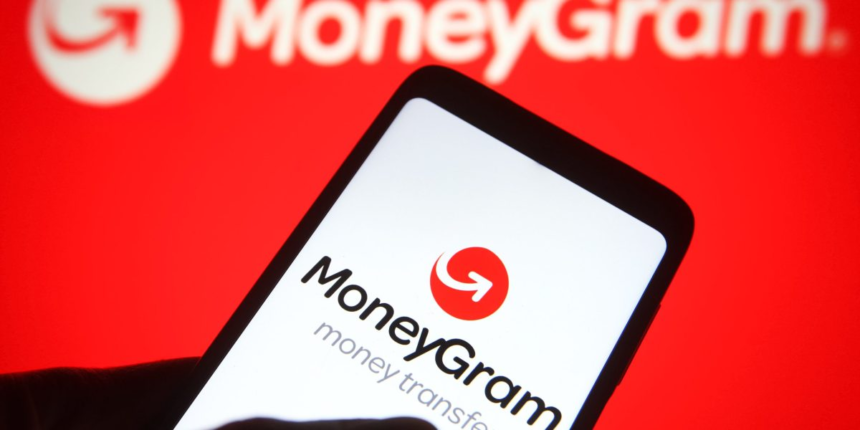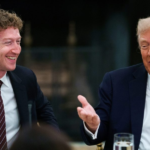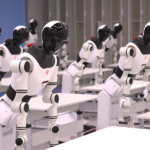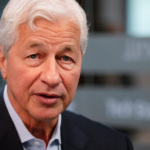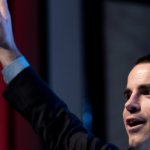MoneyGram, if you’re unfamiliar, is a textbook case of the innovator’s dilemma. The company started out in 1940 as Travelers Express, which specialized in money orders, and was acquired by Greyhound to be part of the bus company’s suite of services. In 1988, that firm bought a smaller slinger of paper-based money services called MoneyGram, and a few years later adopted its name.
You can probably guess how MoneyGram, with a distribution model that relied heavily on bus stations, fared when the era of Venmo and blockchain came along. By 2023, it looked like the end of the road as the company was drowning in debt and limping along with its share price in single digits. That year, though, it got a lifeline when PE firm Madison Dearborn Partners took MoneyGram private and appointed Soohoo as CEO last fall.
Since his appointment, Soohoo has wasted little time accelerating MoneyGram’s transition into a competitive force. Over lunch, the new CEO told me that digital transactions accounted for only about 20% of total transactions in 2019, but had climbed to 50% when he took over. During his tenure, he has already boosted that to 70% and, in another impressive feat, integrated a stablecoin tool into MoneyGram’s app. The company rolled out the stablecoin offering last week in Colombia, which Soohoo says is an ideal test market given that the country has a large remittance economy and MoneyGram has over 6,000 retail locations there. MoneyGram doesn’t share its financials, but a spokesperson described it as “consistently profitable” with positive and growing free cash flow.
I asked Soohoo how he went about the daunting task of retooling a legacy company to compete in the ferociously competitive fintech sector. He says the job has been a three-part challenge, the first of which has been transforming the organizational culture by putting in place the right teams and leaders. That has included hiring a former Klarna VP, Luke Tuttle, to serve as MoneyGram’s Chief Technology Officer.
The second challenge, Soohoo says, relates to product building. On this front, he says, his time at Apple—where he interned and worked for four years—served him well. Soohoo recalled working on the company’s famous clamshell laptops and how he learned from Steve Jobs’ relentless focus on the customer experience. “Watching the way a user uses the product tells you what they need. You compete where you can be different,” he said.
Finally, Soohoo said he has had to introduce a culture of growth at a company that hadn’t experienced it for decades. On this front, he says, the task has been all about patience and recognizing that “no one gets to 3.0 right away.” More broadly, Soohoo says that communication is a critical tool for achieving all of this—from a growth mindset to product excellence—and that he views his ability to use plain language as his executive superpower.


